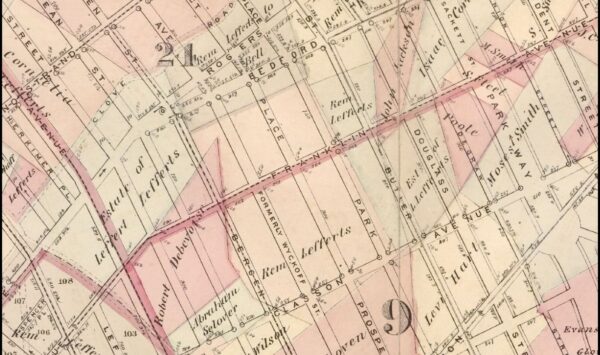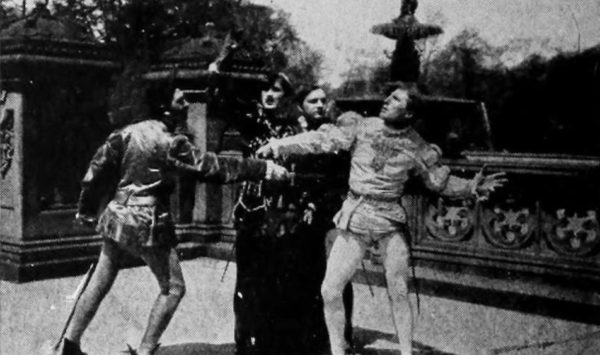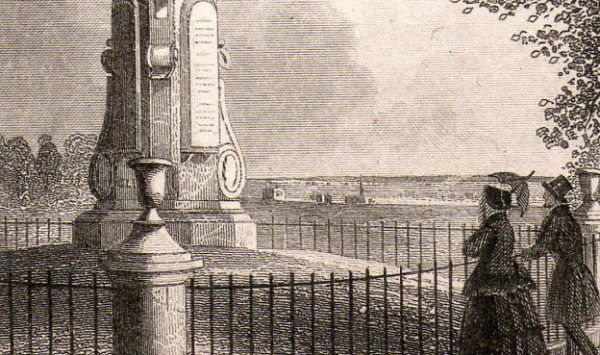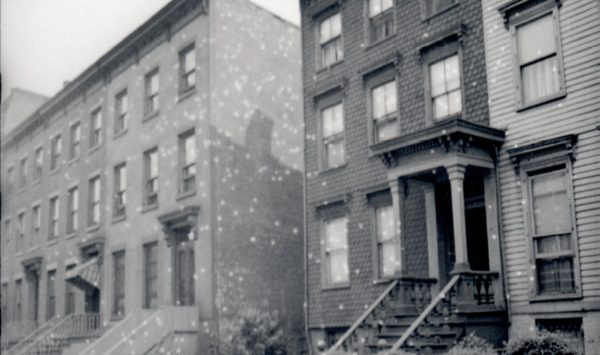THE FARMS LINES OF BROOKLYN (1874)

******************************************************************************************************************************** Brownstone Detectives investigates the history of our clients’ homes. The story you are about to read was composed from research conducted in the course of one of those investigations. Do you know the history of YOUR house? ******************************************************************************************************************************** Brooklyn was once one giant farm. At some point, as the farms began to be split up to be sold to developers – those who wanted to build rows of prized brownstones – companies also began to pop up which developed maps showing what types of buildings existed on every “lot” within the city. Although no longer used for fire insurance purposes, they are great tools for those owners wishing to research the histories of their properties. If you own a home in New York City, these maps can help you to determine how old it is, what else had been built in the area when your house was new, and, on some maps, the name of the farmer that had once owned your land. Find yours HERE. Follow @BrownstoneDetec Share ———————————————————————————————————————– The Brownstone Detectives Brownstone Detectives is an historic property research agency. Our mission is to document and save the histories of our clients’ homes. From our research, we produce our celebrated House History Books and House History Reports. Contact us today to begin discovering the history of your home.
ROMEO & JULIET “COME TO” BROOKLYN (1866)

******************************************************************************************************************************** Brownstone Detectives investigates the history of our clients’ homes. The story you are about to read was composed from research conducted in the course of one of those investigations. Do you know the history of YOUR house? ******************************************************************************************************************************** The City of Brooklyn’s street grid system was still in its infancy in 1860, some 25 years after it had originally been laid out in Brooklyn maps in 1835. As builders began to buy up land, and as city elders watched the progress of speculative construction move continuously eastwards, it became apparent that some adjustments to the street grid were going to be necessary. SHAKESPEARE TO THE RESCUE Throughout the early 1860s, various New York State legislators from Kings County – likely in consultation with builders, land owners, and lawyers – began to plan these adjustments. These adjustments would come into being in two ways: 1) as extensions of certain streets through land that had originally been planned for building purposes, as well as 2) the closures of certain other portions of streets that had made other parcels of land unusable for building purposes. Thus, a legislative amendment to the Commissioners’ Map of the City of Brooklyn was in the works, and Brooklyn senators, having consulted professionals on the proposed changes, got to work on the wording to make the needed adjustments. In the end, six adjustments would be proposed – one of which was the creation of the very Shakespearean street moniker, Verona Place. “WHAT’S IN A NAME?” Considering the […]
OCEAN HILL VS. OCEAN HILL

******************************************************************************************************************************** Brownstone Detectives investigates the history of our clients’ homes. The story you are about to read was composed from research conducted in the course of one of those investigations. Do you know the history of YOUR house? ******************************************************************************************************************************** Before there was Ocean Hill, there was…Ocean Hill…. Researching the history of this Brooklyn moniker, though, points you in the direction of two very different places with two very different histories. There is the original Ocean Hill in Green-Wood Cemetery, a geographic location used famously by George Washington during the American Revolution. And then, there is the Ocean Hill in the eastern section of Bedford-Stuyvesant, created by developers in 1860s Bushwick. The only characteristic the two places have had in common – other than the name – was a view of the ocean from their perches. But, now, even that is gone for one of them. OCEAN HILL – GREEN-WOOD CEMETERY Ocean Hill in Brooklyn’s City of the Dead, Green-Wood Cemetery, is likely as old as the cemetery itself, which dates from 1838. While it was not likely known as such during the American Revolution, the high vantage point was used by George Washington before the Battle of Brooklyn to observe the British forces, which were gathering to the south (and which would subsequently drive him out of New York). Ocean Hill according to Green-Wood Illustrated (issue 1), “is one of the most elevated spots in the Cemetery,” and “it occupies the north-eastern corner of the grounds.” “The sea itself,” the […]
THE “GOODFELLAS” OF CUMBERLAND STREET

One of the Brownstone Detectives’ first House History Books, No. 231 Cumberland Street: The Story of a House, tells the story of an 1852 antebellum frame home just steps from Fort Greene Park. It’s an action-packed tome, replete with treachery, “poudrette,” “small art,” SROs, and the gangland figures from “Goodfellas.” Here is a brief timeline of the history of this single landmarked property, matched up with “spreads” from the book: THE HISTORY OF A BROOKLYN HOUSE The land beneath which No. 231 would someday rise, started out as a tobacco farm owned by the first Italian immigrant to New York, Pietre Cesare Alberti. The farmland would eventually be built upon in 1851-2, when builder John Ross constructed a row of three homes there. First owned by a woman with a tragic history, a melodrama involving treachery, another man, and an infant daughter – which became the gossip of the newspapers of the time – No. 231 was rented out throughout the the 1850s and 1860s, in addition to many returning Civil War veterans, to merchants and their small families. One of those merchants featured prominently in the founding of the Lafayette Avenue Presbytery Church. Before this, however, he had begun his interesting career as a Night Soil Man – starting a company which, amongst other “agricultural” endeavors, collected human excrement from the backyard privvies of Brooklyn, selling this “compost” to Long Island farmers as the appropriately – if euphemistically – named “poudrette.” The property was then owned by an immigrant, […]